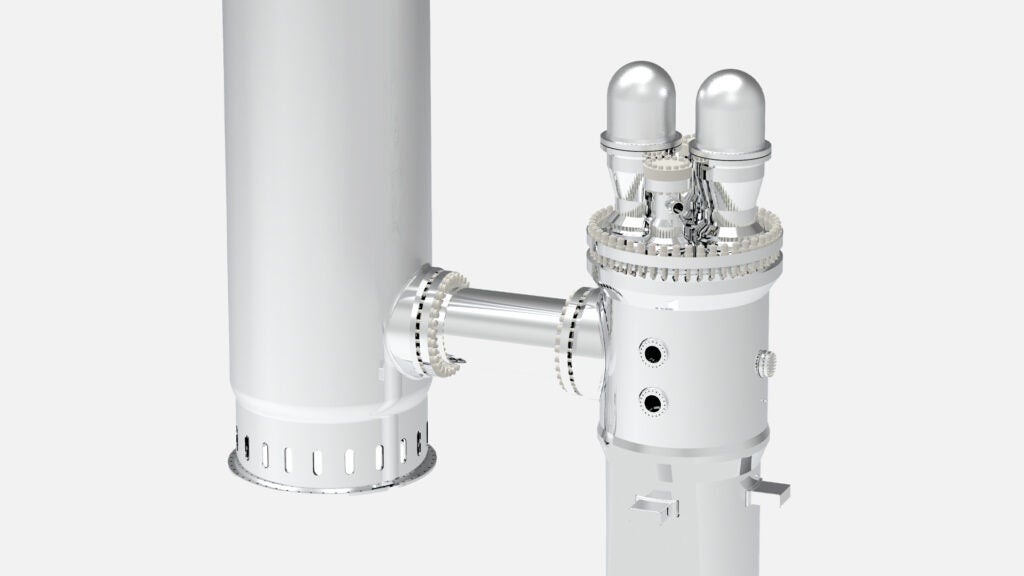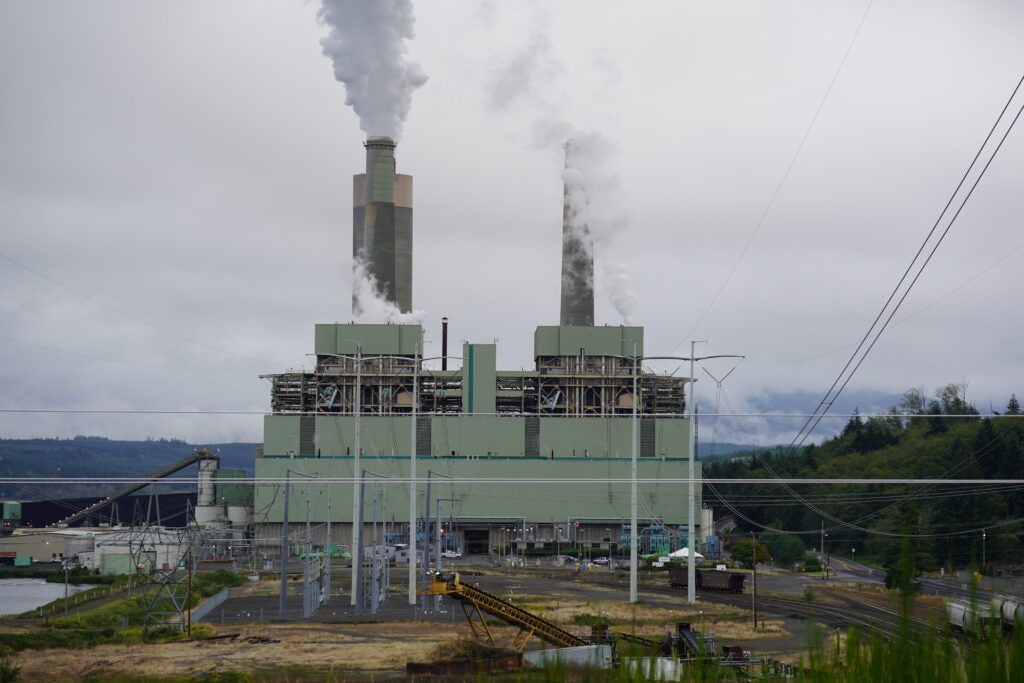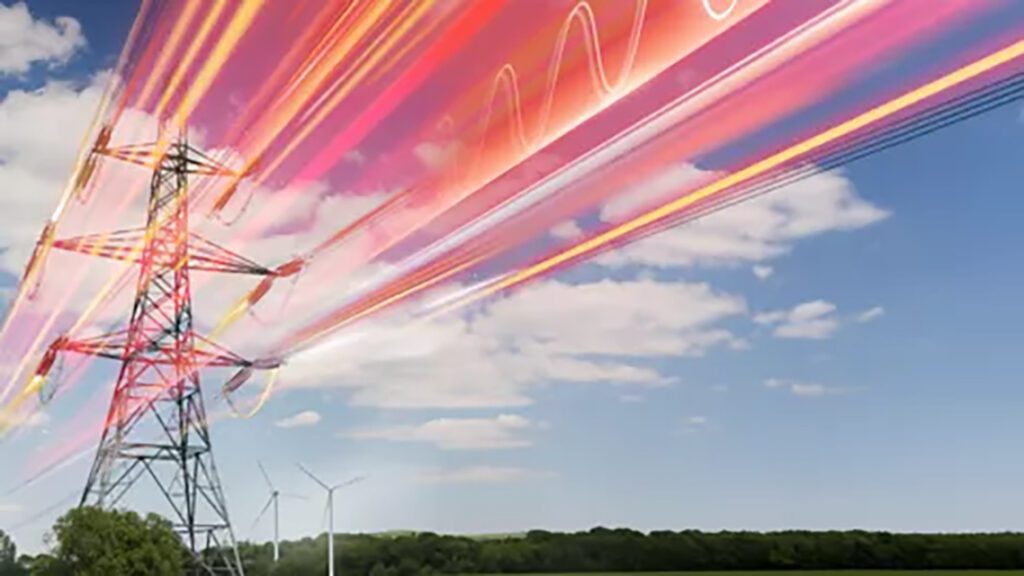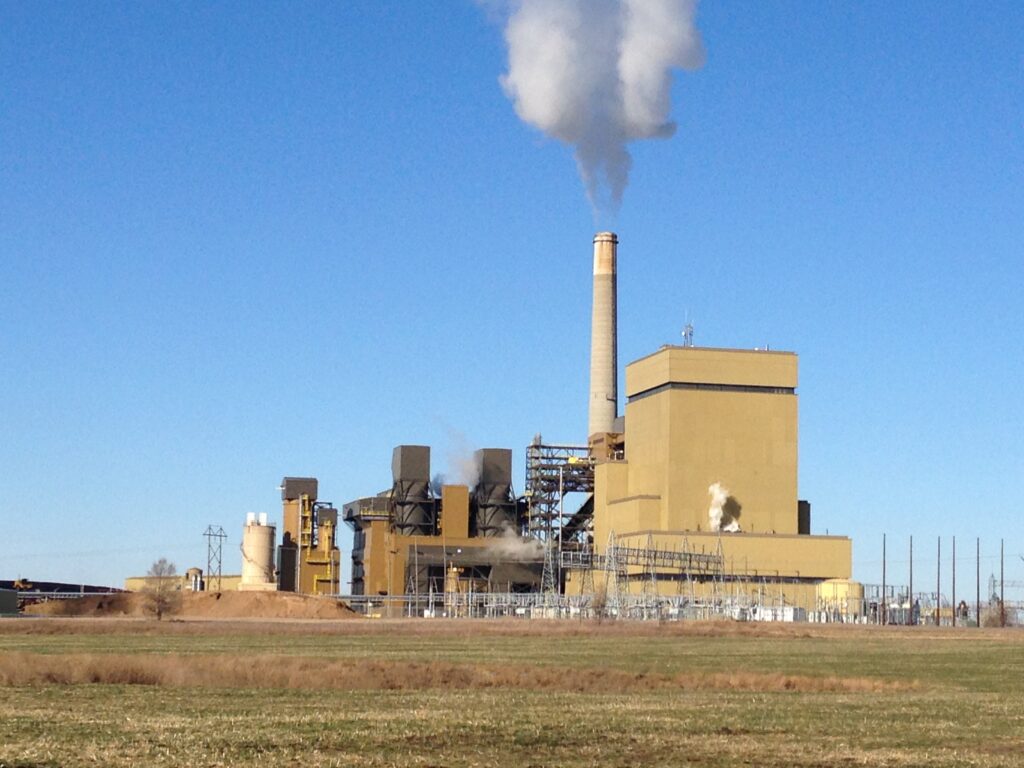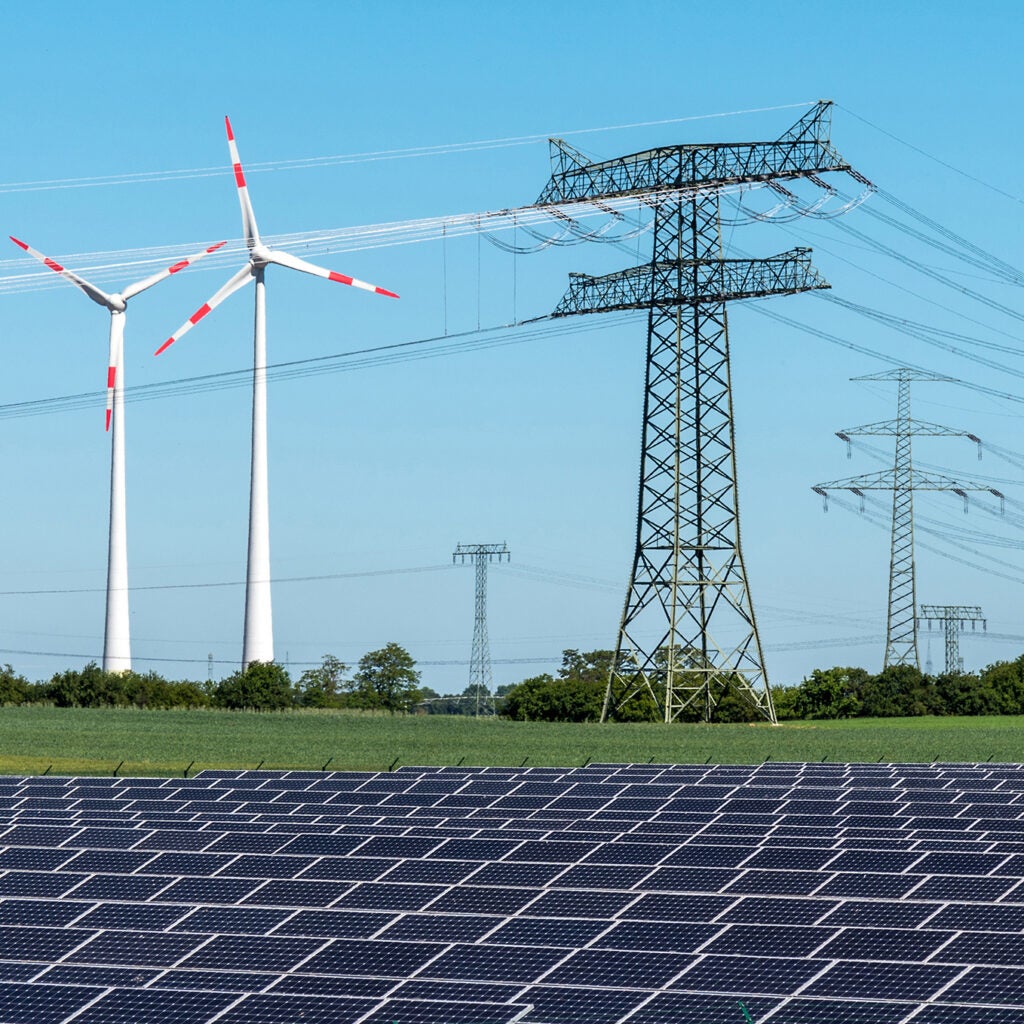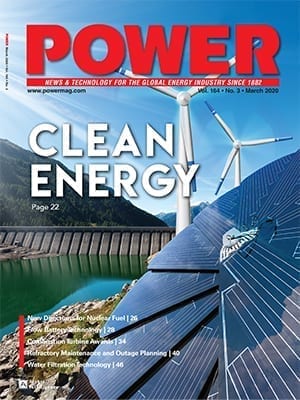
Flexibility has become a defining characteristic of the future of our energy system. As distributed energy resources surge, electric vehicles (EVs) proliferate, and demand patterns shift, the ability to manage demand in real time is as critical as our capacity to generate. But achieving this level of adaptability requires more than just upgraded infrastructure; it calls for a new intelligence at the heart of our energy systems.
Which is why forward-looking businesses are turning to artificial intelligence (AI) and its ability to interpret large volumes of disparate data, derive new insights, and propose actionable decisions, making it uniquely suited to orchestrate the complex dance of modern energy systems.
Consider an overloaded distribution cable nearing capacity, now facing the new requirement of serving a depot of e-vehicles. Rather than relying on static rules, operators need a dynamic view of grid conditions, other local e-depots, vehicle availability, battery levels, weather, and more. AI brings these data points together, anticipating problems and identifying the most efficient, cost-effective intervention across the system.
AI is emerging as a practical enabler of flexibility, improving how we plan, forecast, and operate energy systems to unlock grid capacity, lower emissions, optimize technical and economic performance, and strengthen resilience.
Better Grid Planning
Across Europe, grid operators face an avalanche of connection requests, driven by the rapid growth of EV chargers, battery systems, heat pumps, and rooftop solar. Manually processing all these requests becomes close to impossible, while rule-based approaches become more and more time-consuming and increasingly unsustainable. Here, AI steps in not just to automate but to improve outcomes, by suggesting solutions based on a broader set of interlinked data.
AI platforms, capable of understanding and acting on technical inputs and regulation constraints, can pre-validate requests, run grid impact simulations, and even propose flexible alternatives where infrastructure upgrades would be too costly. This enables rapid processing of straightforward applications, freeing engineers to focus on complex cases requiring tailored responses to societal concerns like public opposition.
It is not just about speed. It is about building technical efficiency and economic viability, bringing consistency to decision-making and embedding flexibility into the grid from the outset. This allows new loads to be accepted under dynamic conditions, rather than defaulting to expensive reinforcement or declining connection requests.
Improved Forecasting for Grid Planning and Operation
Flexibility only delivers value when it is well-timed, and that requires foresight. AI-powered forecasting provides it, spanning both short-term operations and long-term planning, while also supporting cost reduction, emissions avoidance, and efficient asset use.
For example, over a seven-day period, AI models trained on weather conditions, user behavior, and distributed energy resource (DER) characteristics can deliver granular predictions of electricity demand and generation on an hourly or sub-hourly basis, scheduling energy storage, dispatch, or demand-side response to avoid predicted congestions. These decisions optimize for both technical feasibility and economic efficiency, while reducing reliance on carbon-intensive backup systems.
Looking ahead up to five years, AI shifts focus to strategic planning. Estimating demographic trends, evolving energy policies, and technology adoption rates helps simulate how demand and distributed generation will likely evolve. These long-term forecasts allow operators to identify where future load growth or DER clusters might strain the system, and where flexibility schemes such as dynamic tariffs or local storage could help avoid costly infrastructure upgrades.
This ability to bridge the operational now with the strategic next gives energy providers a powerful edge by aligning immediate actions with future needs and ensuring flexibility becomes a long-term asset.
Optimized Grid Operation
In many parts of the grid, particularly low-voltage networks, operators still face blind spots. Measurements are sparse or unreliable, making it difficult to act with confidence. AI can help fill in those gaps.
Using state estimation techniques and pattern recognition, machine learning can infer the likelihood of congestion or faults, even with limited data. The result is earlier warnings, faster fault detection, and the ability to mobilize flexible assets like batteries or demand response. These pre-emptive actions not only boost resilience but minimize the economic cost of unplanned outages and reduce emissions from emergency measures.
By turning fragmented data into actionable insight, AI gives control room operators the confidence to act swiftly and surgically.
Better Enablement of Flex Resources: Buildings and e-Fleets
Commercial buildings, industrial sites, and campuses actively participate in the energy system, equipped with solar panels, batteries, heat pumps, and other decentralized assets. Unlocking their full potential requires intelligent orchestration.
AI makes this possible by combining model predictive control with machine learning to forecast demand, renewable generation, and market conditions. These systems go beyond offering recommendations and take direct control of energy assets in real time, responding to shifting weather, occupancy levels, and pricing signals. Every decision is grounded in technical constraints such as minimum uptime or shutdown durations, ensuring compliance and operational continuity.
This intelligent orchestration helps facilities lower peak demand, increase the use of self-generated renewable energy, and participate in demand-side flexibility programs. Across sectors like manufacturing, healthcare, and logistics, AI-enabled systems are already reducing energy costs, cutting emissions, and strengthening grid stability.
Electrified fleets are also becoming a powerful source of energy flexibility, with AI being the key to unlocking their full potential. By processing real-time data from vehicle status to energy prices and weather, AI optimizes charging, reduces costs, and improves fleet readiness. It enables smarter use of renewables, minimizes grid strain, and even allows fleets to support the energy market.
Transparency and trust are built in. Digital twin architectures and explainable optimization logic allow building operators to trace decisions, validate outcomes, and meet regulatory or internal compliance requirements. AI turns buildings and fleets into intelligent, flexible assets within a more resilient energy ecosystem.
Incentivizing Flexibility
Economic incentives continue to play a pivotal role in shaping how energy networks evolve. In current regulatory frameworks, a bias toward capital expenditures (CAPEX) can unintentionally discourage the adoption of smarter, more flexible, and often more cost-effective operational solutions (OPEX), including those powered by AI.
Achieving true energy flexibility requires a regulatory shift toward OPEX/CAPEX neutrality, ensuring that incentives are aligned not with spending type, but with performance and efficiency. Embracing a TOTEX (total expenditure) approach, which treats CAPEX and OPEX equally, can unlock the full potential of AI-driven technologies and flexibility services.
The Future Energy System Is Flexible, and AI Is the Enabler
Flexibility is the key to balancing sustainability, reliability, and affordability in the energy transition. But flexibility does not arise on its own. It must be orchestrated across assets, sectors, and time horizons.
AI gives us the capability to do that. It allows us to move beyond isolated optimization toward a system-level intelligence that adapts, learns, and anticipates. The technology is here. The use cases are proven. What remains is the shared commitment to build the trust, infrastructure, and collaboration required to bring it to scale. Because when we unlock AI, we unlock flexibility, and with it, a more resilient energy future.
—Thomas Kiessling is CTO of Siemens Smart Infrastructure.


